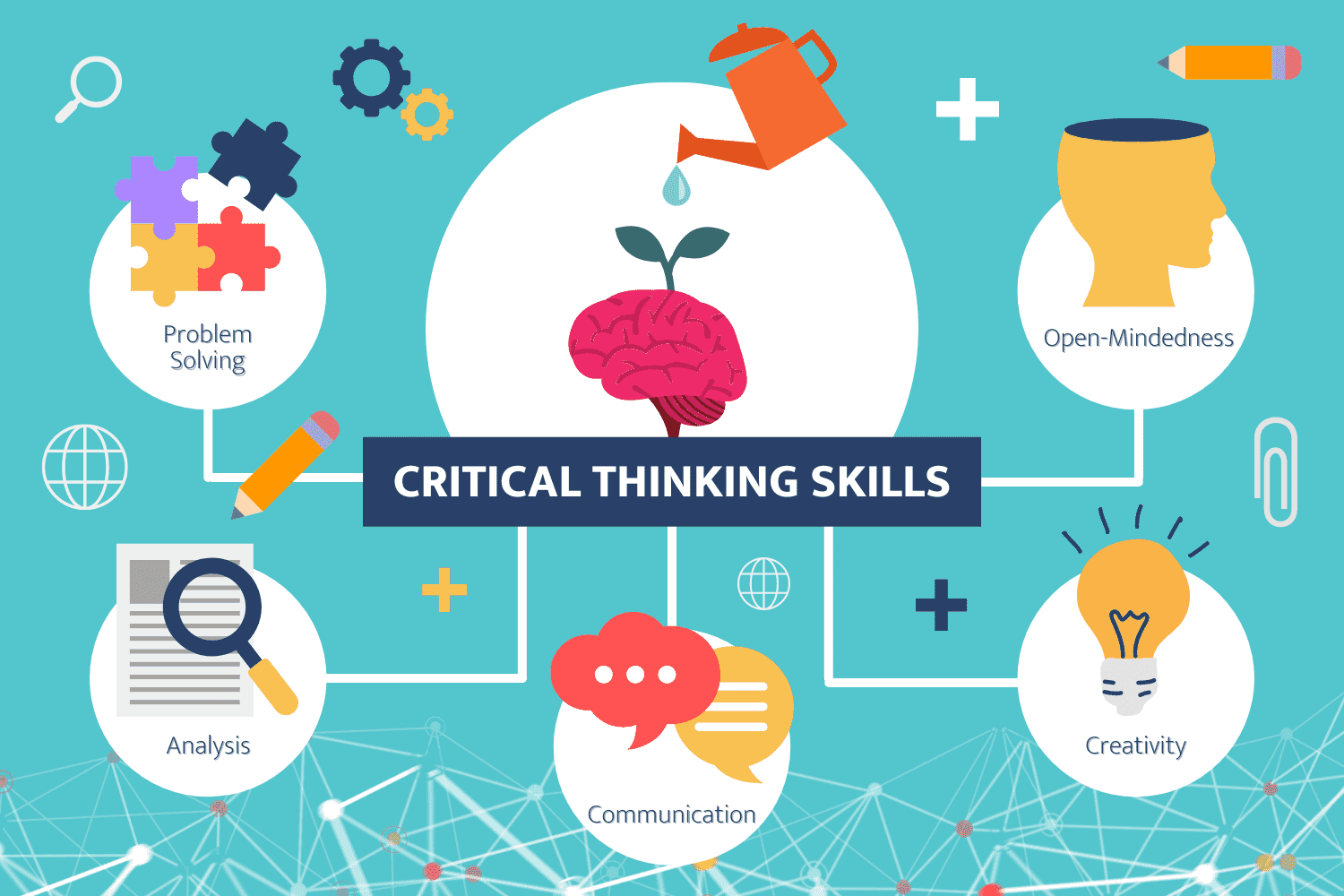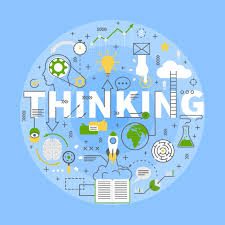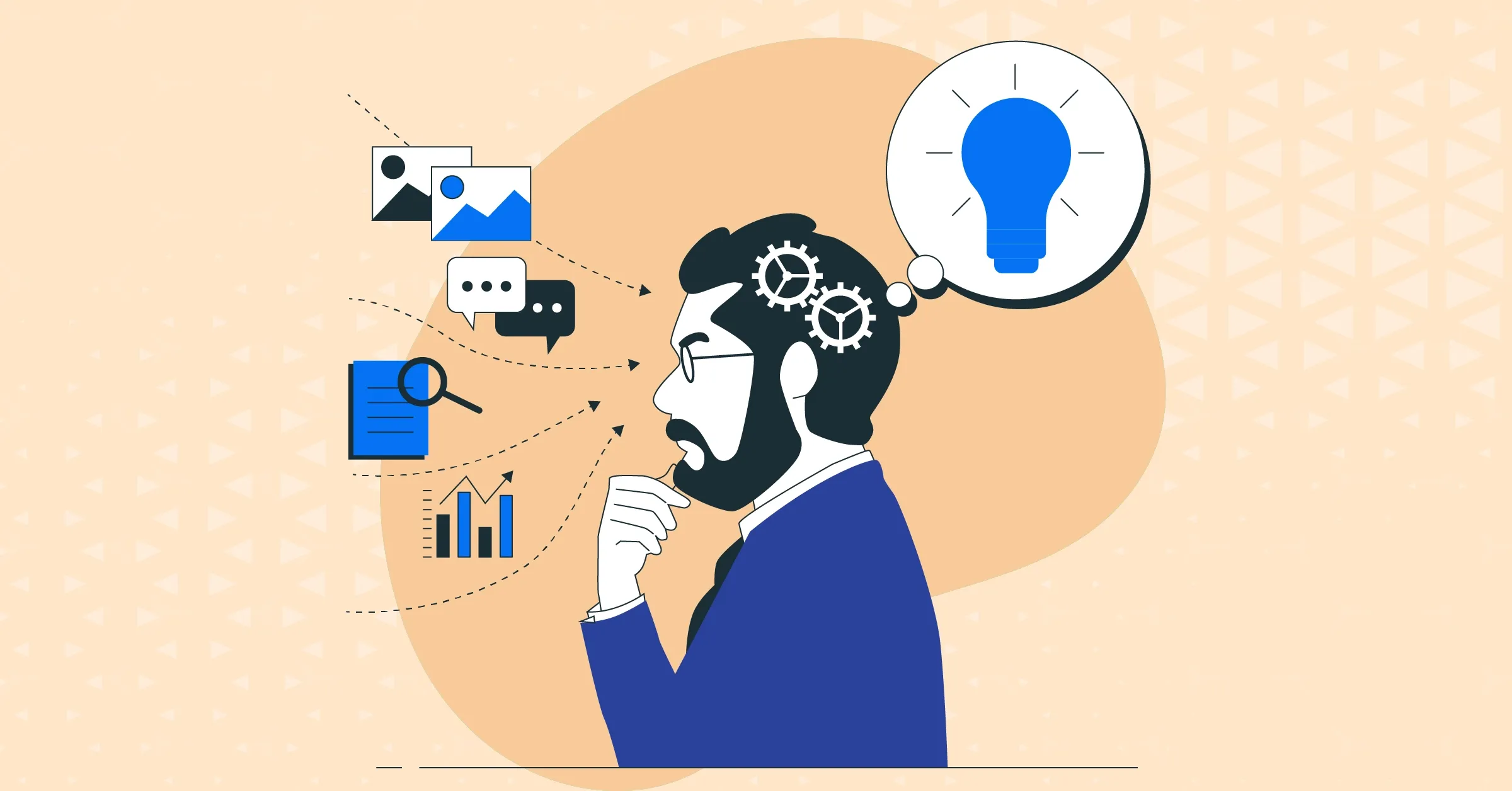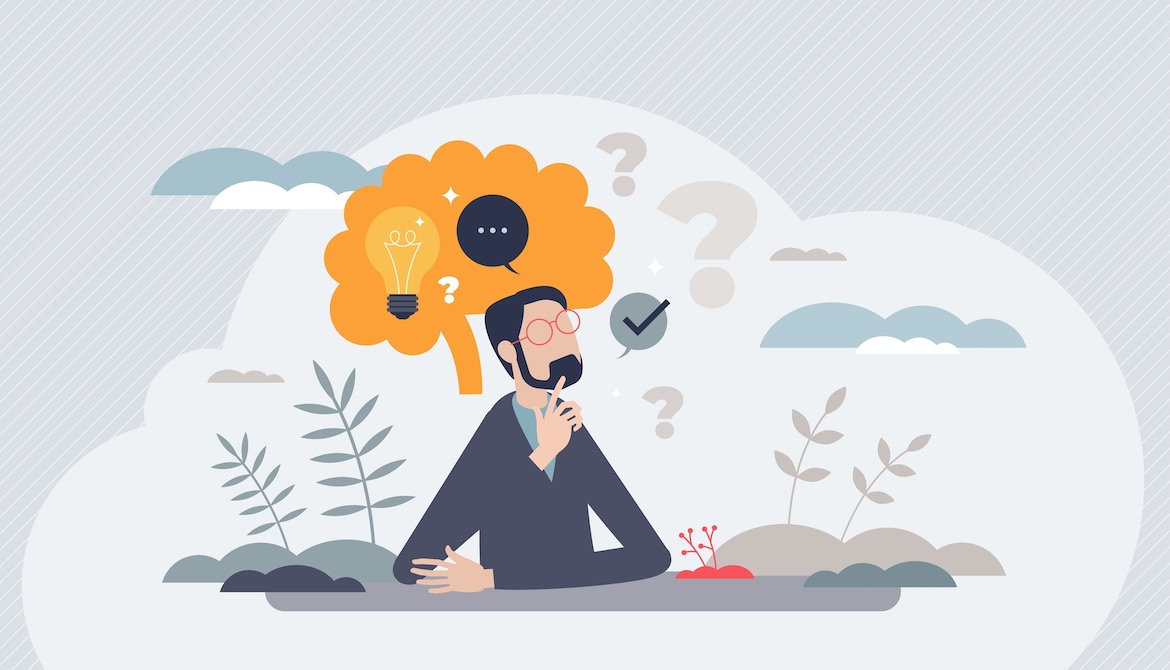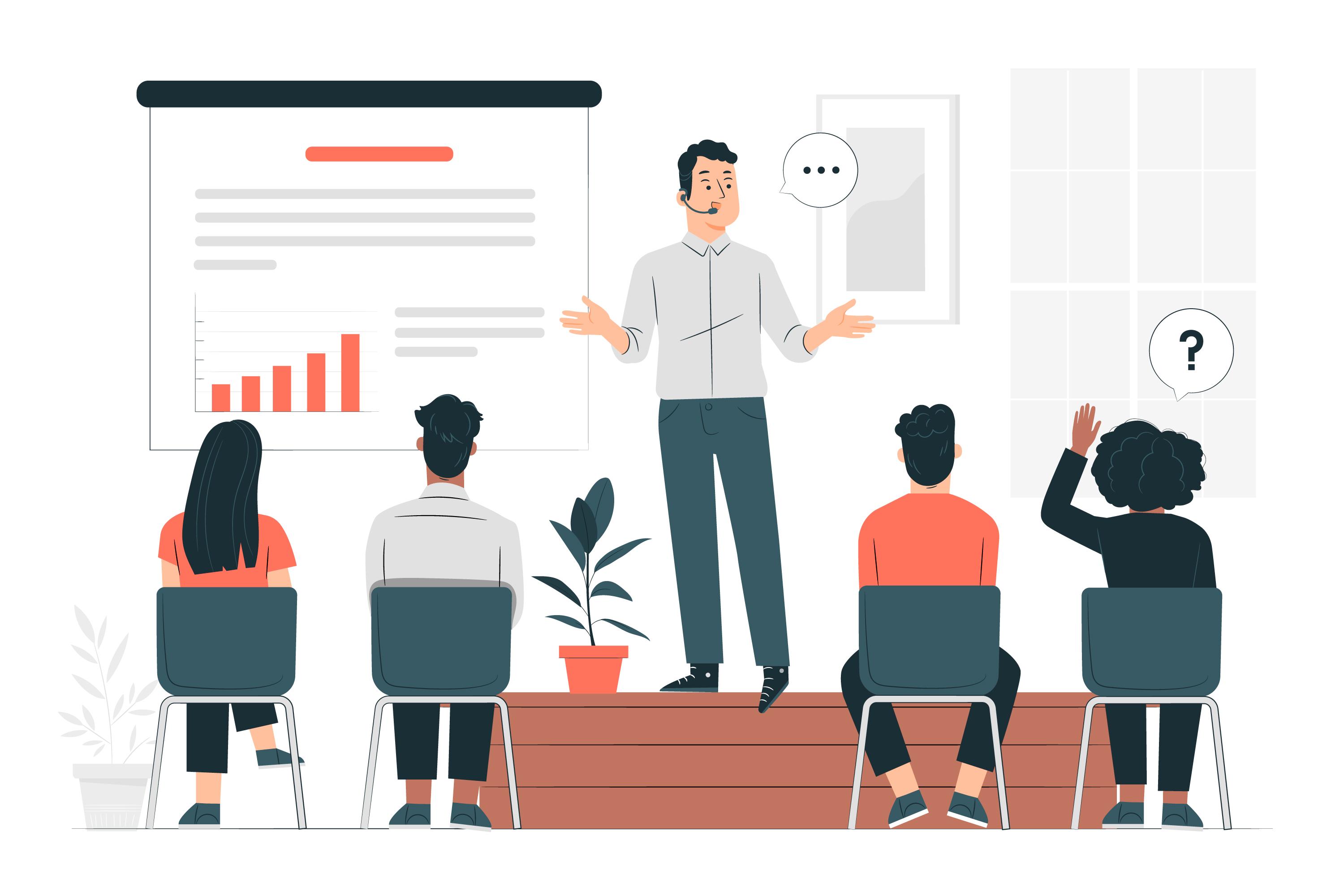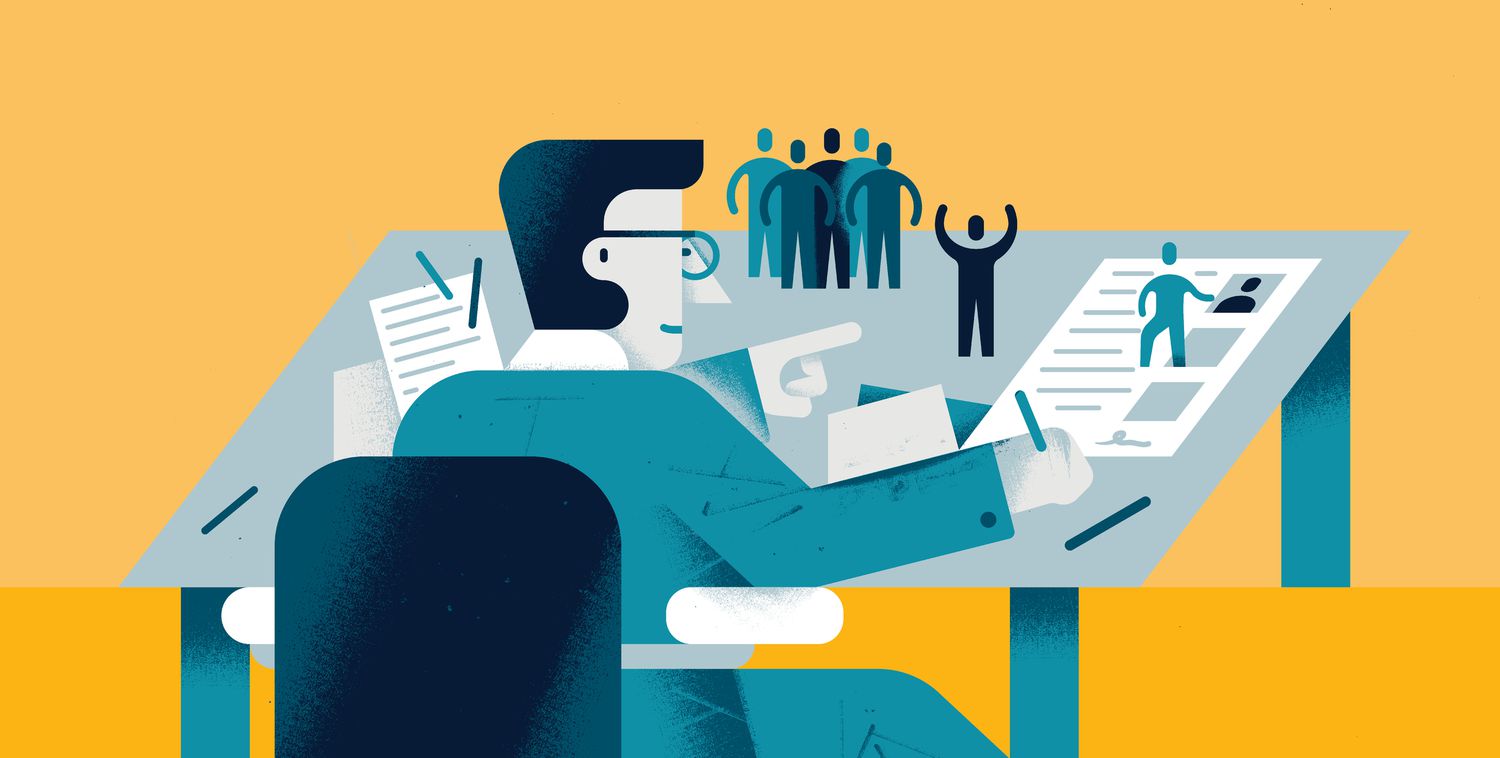Why Critical Thinking Matters in Today's Workplace
In an era of information overload and complex business challenges, critical thinking has emerged as one of the most valuable skills for professionals across all industries. According to the World Economic Forum, critical thinking consistently ranks among the top skills employers seek, yet many organizations report a significant gap in this crucial capability.
What Is Critical Thinking in a Professional Context?
Critical thinking in professional settings goes beyond basic analytical skills. It involves the systematic evaluation of information, questioning assumptions, considering multiple perspectives, and making reasoned judgments based on evidence rather than emotions or biases.
At its core, professional critical thinking encompasses:
- Analytical reasoning - Breaking down complex problems into manageable components
- Logical evaluation - Assessing the validity of arguments and evidence
- Systematic problem-solving - Applying frameworks to address challenges methodically
- Reflective judgment - Considering the implications and consequences of decisions
- Intellectual humility - Recognizing the limits of one's knowledge and being open to correction
The Business Value of Critical Thinking
Organizations that foster critical thinking capabilities report:
70%
Improved decision quality
35%
Increased innovation
25%
Higher productivity
Core Components of Professional Critical Thinking
1. Information Literacy
The foundation of critical thinking begins with the ability to find, evaluate, and use information effectively. In professional settings, this means:
- Distinguishing between reliable and unreliable sources
- Recognizing cognitive biases that affect information processing
- Identifying gaps in available data
- Synthesizing information from multiple sources
"The real value of critical thinking isn't just in analyzing information—it's in knowing which information deserves your attention in the first place."
— Daniel Kahneman, Nobel Prize winner
2. Analytical Reasoning
Analytical reasoning involves breaking down complex problems into smaller, more manageable components. This skill enables professionals to:
- Identify patterns and relationships between different variables
- Differentiate between correlation and causation
- Establish logical connections between ideas
- Recognize logical fallacies in reasoning
3. Inference and Interpretation
Making sound inferences involves drawing logical conclusions based on available evidence while accounting for limitations. Professionals with strong inference skills:
- Consider multiple interpretations of data
- Evaluate the strength of evidence supporting each conclusion
- Recognize when additional information is needed
- Distinguish between facts and assumptions
Common Critical Thinking Pitfalls
- Confirmation bias - Seeking only information that confirms existing beliefs
- Groupthink - Prioritizing harmony over critical evaluation
- Anchoring bias - Over-relying on first piece of information
- Authority bias - Accepting ideas based on position rather than merit
- False dichotomy - Reducing complex issues to only two options
Critical Thinking Enhancers
- Devil's advocate approach - Intentionally challenging popular ideas
- Pre-mortem analysis - Imagining failure before implementation
- Structured frameworks - Using proven models for decision-making
- Diverse perspectives - Incorporating multiple viewpoints
- Reflective questioning - Asking "why" multiple times
Practical Frameworks for Critical Thinking
The AREA Method
Developed by Cheryl Strauss Einhorn, the AREA Method provides a systematic approach to decision-making:
A - Absolute
Identify and examine the primary sources of information
R - Relative
Consult secondary sources that interpret primary data
E - Exploration
Conduct research to fill knowledge gaps
A - Analysis
Synthesize findings and make a decision
The Six Thinking Hats
Edward de Bono's Six Thinking Hats model encourages examining problems from multiple perspectives:
| Hat Color | Represents | Focus |
|---|---|---|
| White | Facts | What do we know? What information is missing? |
| Red | Emotions | What feelings does this evoke? What's the intuitive response? |
| Black | Caution | What are the risks? What could go wrong? |
| Yellow | Benefits | What are the advantages? What's the best-case scenario? |
| Green | Creativity | What are alternative approaches? How can we innovate? |
| Blue | Process | How should we organize our thinking? What's the next step? |
The 5 Whys Technique
Originating from Toyota's production system, the 5 Whys technique helps professionals identify the root cause of problems by repeatedly asking "why" (typically five times) until the fundamental issue is uncovered.
Example:
- Problem: Project deadline was missed
- Why? The final quality testing took longer than expected
- Why? Several bugs were discovered late in the process
- Why? Code reviews were inadequate
- Why? Reviewers were overburdened with other tasks
- Why? The team is understaffed for the project scope
- Root Cause: Resource allocation issue - team size doesn't match project requirements
Developing Critical Thinking Skills in Professional Life
Critical thinking is not an innate talent but a skill that can be developed with deliberate practice. Here are practical ways to enhance your critical thinking capabilities:
Five Strategies to Strengthen Critical Thinking
- Question assumptions regularly
Make it a habit to identify and challenge the assumptions underpinning your decisions and those of your team. Ask: "What are we taking for granted here?"
- Seek diverse perspectives
Actively consult with colleagues who have different backgrounds, expertise, and thinking styles. The clash of different viewpoints often produces deeper insights.
- Practice mental models
Familiarize yourself with various thinking frameworks (like those described above) and deliberately apply them to different work challenges.
- Develop intellectual humility
Acknowledge the limitations of your knowledge and be willing to revise your views when presented with compelling evidence.
- Reflect on past decisions
Conduct post-mortems on important decisions, analyzing what went well, what didn't, and how your thinking process could improve.
Learning Resources from Al Mithaq Institute
At Al Mithaq Institute, we offer specialized training programs designed to enhance critical thinking capabilities in professional contexts:
- Cognitive Behavioral Therapy (CBT) diploma - providing frameworks for recognizing and challenging cognitive distortions
- Data Analysis and Smart Decision Making courses - equipping professionals with analytical tools for evidence-based decision making
- Creativity and Change Management training - developing flexible thinking approaches to complex organizational challenges
- Neuro-Linguistic Programming (NLP) certification - offering techniques to identify and transform limiting thought patterns
Critical Thinking in Different Professional Contexts
Leadership Roles
Critical thinking enables leaders to evaluate strategic options, anticipate challenges, and make decisions that balance short-term needs with long-term vision.
Technical Positions
Engineers and technical specialists use critical thinking to troubleshoot complex problems, evaluate design alternatives, and optimize systems.
Creative Roles
Designers and content creators employ critical thinking to critique their work, understand audience needs, and develop innovative solutions.
Healthcare Professionals
Medical practitioners use critical thinking for differential diagnosis, evaluating treatment options, and navigating complex ethical considerations.
Organizational Benefits of Enhanced Critical Thinking
When organizations invest in developing critical thinking capabilities across their workforce, they realize multiple benefits:
- Improved decision quality - Decisions based on rigorous analysis rather than heuristics or biases
- Increased innovation - More creative solutions emerging from deeper problem analysis
- Enhanced risk management - Better identification and mitigation of potential issues
- Reduced conflict - More productive disagreements focused on ideas rather than personalities
- Adaptability - Greater organizational agility in response to changing conditions
FAQ: Critical Thinking in Professional Settings
How can I encourage more critical thinking in my team?
Create psychological safety where questioning is welcomed, model critical thinking yourself, allocate time for deliberate reflection, use structured decision-making frameworks, and reward thoughtful analysis rather than just quick answers.
What's the difference between critical thinking and negative thinking?
Critical thinking is constructive evaluation aimed at improvement, while negative thinking focuses only on flaws without offering solutions. Critical thinking examines both strengths and weaknesses objectively.
How do I balance critical thinking with the need for fast decisions?
Develop tiered decision-making protocols where more consequential decisions receive more thorough analysis. Practice critical thinking regularly so it becomes more efficient, and use structured frameworks to streamline the process.
Can critical thinking be taught, or is it an innate ability?
While some people may have natural tendencies toward analytical thinking, critical thinking is primarily a learned skill that can be developed through education, practice, and feedback. Research shows significant improvements in critical thinking abilities with proper training.
How do emotional intelligence and critical thinking relate?
Emotional intelligence complements critical thinking by helping professionals recognize how emotions influence reasoning (their own and others'). Strong emotional intelligence allows for more objective analysis by managing emotional reactions that might otherwise cloud judgment.
Conclusion: The Critical Edge
In today's complex professional landscape, critical thinking provides a competitive advantage that extends beyond any specific technical skill. By developing a systematic approach to analyzing information, questioning assumptions, and making evidence-based decisions, professionals can navigate ambiguity more effectively and drive superior results.
At Al Mithaq Institute, we're committed to helping professionals develop these essential critical thinking capabilities through our specialized training programs and expert faculty. Whether you're looking to advance your career, solve complex business challenges, or lead more effectively, strengthening your critical thinking foundation is an investment that yields returns across all professional endeavors.
